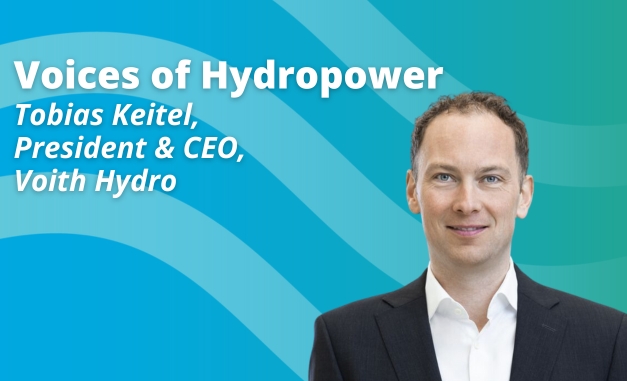Greenhouse gas and reservoirs research pushes forward in China
Although recent studies have shown that the gross greenhouse gas (GHG) emissions of Chinese reservoirs were not as high as previously estimated, there are nonetheless increased efforts to measure the GHG exchanges of reservoirs in China.

Current research looks at how the creation of a new reservoir could potentially impact on the quantity of GHG emissions, which are naturally produced by all freshwater bodies.
China Three Gorges Corporation (CTG) has been involved in a large-scale international research project on the GHG status of reservoirs, which draws on the ongoing work of the International Hydropower Association (IHA) and UNESCO.
“CTG has contributed with data, publications and active participation in discussions on measurements, data analysis and the development of modelling tools like the GHG reservoir tool,” said Dr Atle Harby, a member of the UNESCO-IHA working group.
“This is a very valuable contribution, and I am very happy that CTG has taken this scientific challenge seriously and is currently supporting further measurements, analysis and gaining more knowledge.”
In May 2015, following the World Hydropower Congress in Beijing, a symposium on reservoir carbon cycling and carbon flux was held in Yichang, Hubei Province, a riverside city close to both the Three Gorges and Gezhou dams.
The event was sponsored by the China Three Gorges Corporation (CTG), and co-organised by the Changjiang River Scientific Institute of the Changjiang Water Resource Commission, and Chongqing Institute of Green Intelligence and Technology, Chinese Academy of Sciences.
This will mean that fewer existing reservoirs will need to have their GHG status measured directly, and it will also help in the planning of new reservoirs."
More than 30 scientists took part in the symposium, including representatives from IHA and the Chinese hydropower sector. The programme included a site visit to the Geheyan reservoir, a hydropower project situated on the Qingjiang cascade, which is a large tributary of the Yangtze River. This was complemented by a full day of presentations and discussion.
Chinese scientists presented up-to-date research on the GHG status of reservoirs in China, including discussions of methodology and the presentation of their most recent results.
Experts from the UNESCO-IHA working group on the GHG status of reservoirs also updated participants on the development of the GHG reservoir tool, G-res, which will allow for accurate estimations of net GHG emissions at reservoir sites.
Although this event was the first of its kind in China, Chinese scientists have been undertaking research in this area for more than eight years. Since the publication of the GHG measurement guidelines by the UNESCO/IHA project in 2010, scientists have been undertaking field surveys and sampling to collect the data necessary for the development of the new G-res tool.

“CTG has been applying the measurement guidelines, and this experience has provided us with valuable feedback as we move the project forward” explained Richard Taylor, chief executive of IHA.
“The participation of scientists from China in a reference group around the effort to build a predictive capacity for assessing the GHG status of freshwater reservoirs is very important. This will mean that fewer existing reservoirs will need to have their GHG status measured directly, and it will also help in the planning of new reservoirs.”
Chinese scientists are already looking ahead. “Through quantification of net reservoir GHG emissions, the next step is to carry out life cycle analysis of Chinese hydropower projects, especially of the large and multipurpose projects in the Yangtze basin,” explained Zhiyu Sun, director in the division of science, technology and environmental protection at CTG.
This will not only shed light on the complexity of the carbon cycles in Chinese reservoirs, but also enable large hydropower projects in China to be developed sustainably while ensuring the lowest possible environmental impact.
Moving forward, increased international collaboration is likely to drive future research. “With the support of the CTG team, we hope to expand our cooperation with the wider Chinese scientific community,” said Richard Taylor. “This will be of huge benefit to these research initiatives and will help us to achieve our common objectives.”
You can read more about IHA's work on greenhouse gas (GHG) emissions here.










